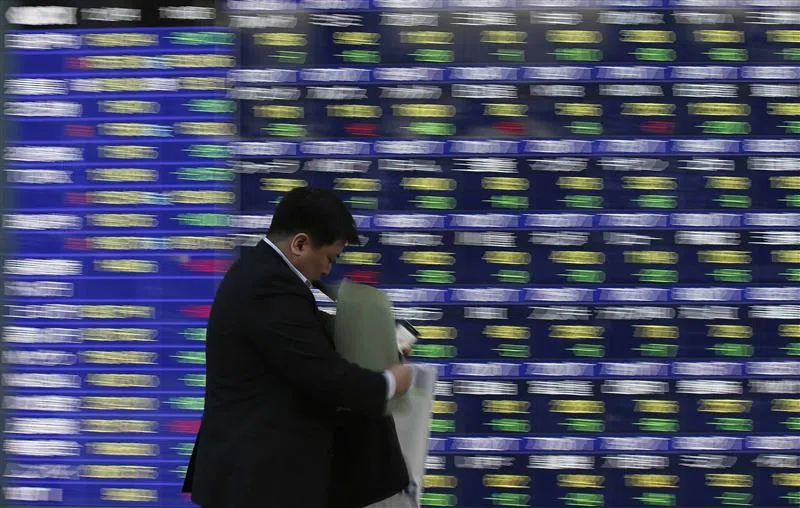[ad_1]
NATIONAL Australia Bank (NAB) posted an 8 per cent drop in its third-quarter cash earnings on Friday (Aug 16), pressured by lower revenue and higher operating expenses, and flagged a further decline in its asset quality.
Sustained high costs of living have eroded households’ disposable incomes and ability to meet loan payments, resulting in rising arrears for banks.
“The economic environment, including persistent inflationary pressures, is challenging for our customers,” NAB CEO Andrew Irvine said.
“While most customers are proving resilient, not unexpectedly we have seen asset quality deteriorate further in 3Q24.”
NAB’s ratio of non-performing exposures to gross loans was 1.31 per cent at June-end, up 11 basis points from March. The ratio was the highest since at least September 2021.
This reflected a broad-based deterioration in the business lending portfolio and higher arrears for the Australian mortgage portfolio, according to NAB.
BT in your inbox

Start and end each day with the latest news stories and analyses delivered straight to your inbox.
NAB, the country’s top business lender, posted unaudited cash earnings of A$1.75 billion (S$1.16 billion) for the quarter ended Jun 30, compared with A$1.90 billion a year earlier.
Revenue slipped 1 per cent compared with an average of the prior two quarters, while expenses increased 1 per cent due to higher salary-related costs.
The credit impairment charge was A$118 million, lower than consensus expectations of A$220 million, according to Citi.
“While revenue missed consensus expectations, given that the overall trend does not look inconsistent with peer trends, combined with well-managed costs, we think it may soften the share price impact,” Citi analysts wrote.
Shares of NAB rose 1.3 per cent by 0026 GMT, while the broader market was up 1.3 per cent in broad-based buying.
Net interest margin, a key measure of profitability, was stable, with small reductions from lending competition and deposit mix offset by benefits of higher interest rates.
The common equity tier one ratio – a measure of spare cash – was 12.6 per cent at the end of the third quarter. REUTERS
[ad_2]
Source link




